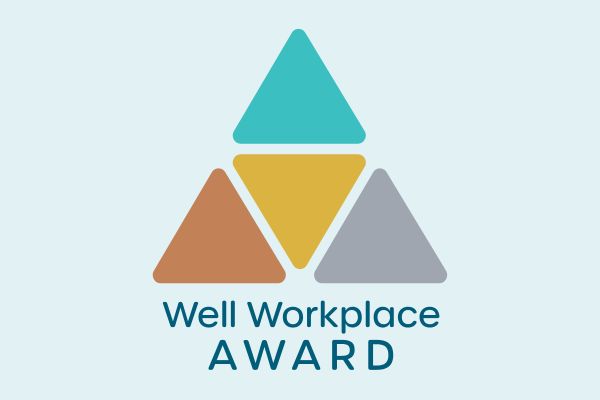
News & Information
Stay up-to-date on the latest wellness developments, data and trends from industry thought leaders and expert in the field.
-
 The Truth About Sitting and Standing
The Truth About Sitting and StandingAugust 11, 2025
We've all heard the phrase, "sitting is the new smoking," and many of us have adjusted our setups or switched to standing desks in response. But as the trend has gained popularity, it’s also sparked debate. What is the healthiest way to work?
-
 Finding Our Way Forward
Finding Our Way ForwardAugust 4, 2025
There are many problems we as wellness professionals are increasingly concerned about. In the face of these issues, how do we remain hopeful and solution-oriented? Where do we start?
-
 Beyond Participation: Seven Tips to Build Real Engagement in Workplace Wellness
Beyond Participation: Seven Tips to Build Real Engagement in Workplace WellnessJuly 28, 2025
Whatever the goal of your workplace wellness initiative, one thing remains true: None of it matters if employees aren’t participating and engaged.
-
 Spring 2025 Well Workplace Award Winners
Spring 2025 Well Workplace Award WinnersJuly 21, 2025
Congratulations to the spring 2025 Well Workplace Award winners!
-
 How the Workplace Can Help Employees Find Purpose
How the Workplace Can Help Employees Find PurposeJuly 14, 2025
When individuals understand their purpose and can act in alignment with it, they tend to be happier and healthier than those who lack such clarity.
-
 Harnessing the Power of Emotional Intelligence
Harnessing the Power of Emotional IntelligenceJuly 7, 2025
Making initiatives more effective is a common concern among those working in wellness. Perhaps the missing piece is not another walking desk or lunch-and-learn, but rather a concentrated focus on building the key skill of emotional intelligence.
-
 Workplace Injury Prevention and Disability Accommodation
Workplace Injury Prevention and Disability AccommodationJune 30, 2025
As members of the health and wellness industry, we have a vested interest in setting organizations and individuals up for optimal well-being, including those who may require workplace accommodations. In order to ensure workplace wellness and avoid debilitating illness or injury, we must first focus on prevention.
-
 Vacation—It’s Actually Good For Your Health
Vacation—It’s Actually Good For Your HealthJune 23, 2025
The rewards of using paid time off (PTO) are real. However, there’s a catch—the benefits are most likely to occur when employees fully disconnect from work, taking time off to enjoy a vacation or simply unwind with friends and family, free from work-related distractions or stressors.
-
 2025 Workplace Wellness and Financial Education Survey: Key Takeaways
2025 Workplace Wellness and Financial Education Survey: Key TakeawaysJune 16, 2025
Today's blog presents findings from the Workplace Wellness and Financial Education: 2025 Survey Report, revealing details about current initiatives and insights into the changing needs of employees.
-
 Let’s Talk Men’s Health: A June Wellness Initiative
Let’s Talk Men’s Health: A June Wellness InitiativeJune 9, 2025
June is Men’s Health Month, highlighting the importance of prevention. Today's blog shares strategies to support men's health in the workplace.
Categories
- Belonging (3)
- Benchmarks (5)
- Benefits (6)
- Cancer (4)
- Culture (21)
- Emotional Wellness (18)
- Healthy Workplaces (15)
- Intellectual Wellness (15)
- Legal and Compliance (9)
- Mental Health (8)
- Occupational Wellness (19)
- Physical Wellness (19)
- Social Wellness (10)
- Spiritual Wellness (4)
- Truth vs. Trend (1)
- Wellness Alliance Events (6)
- Wellness Initiatives (16)
- Workplace Wellness (8)

